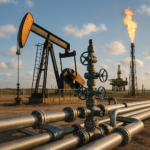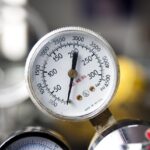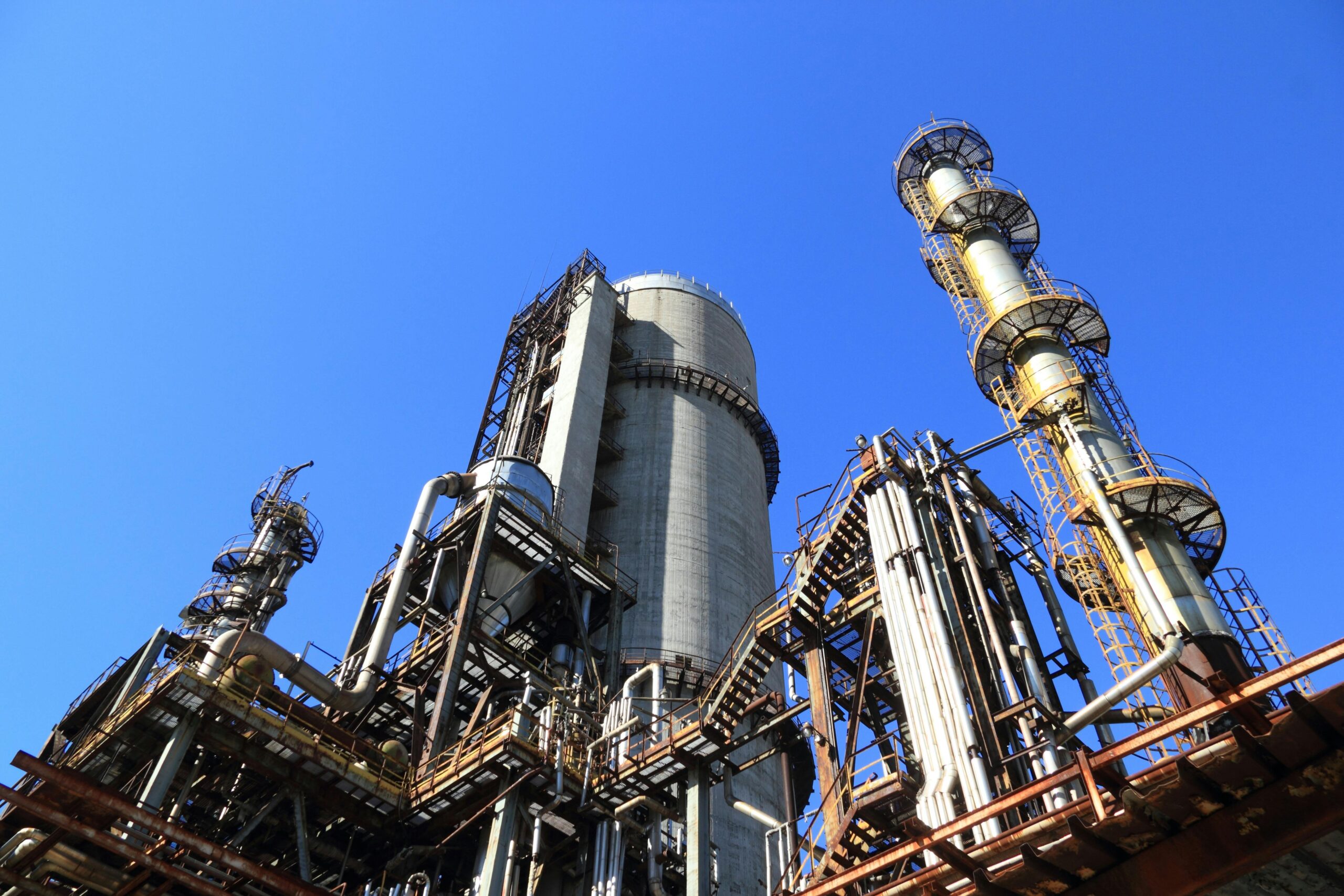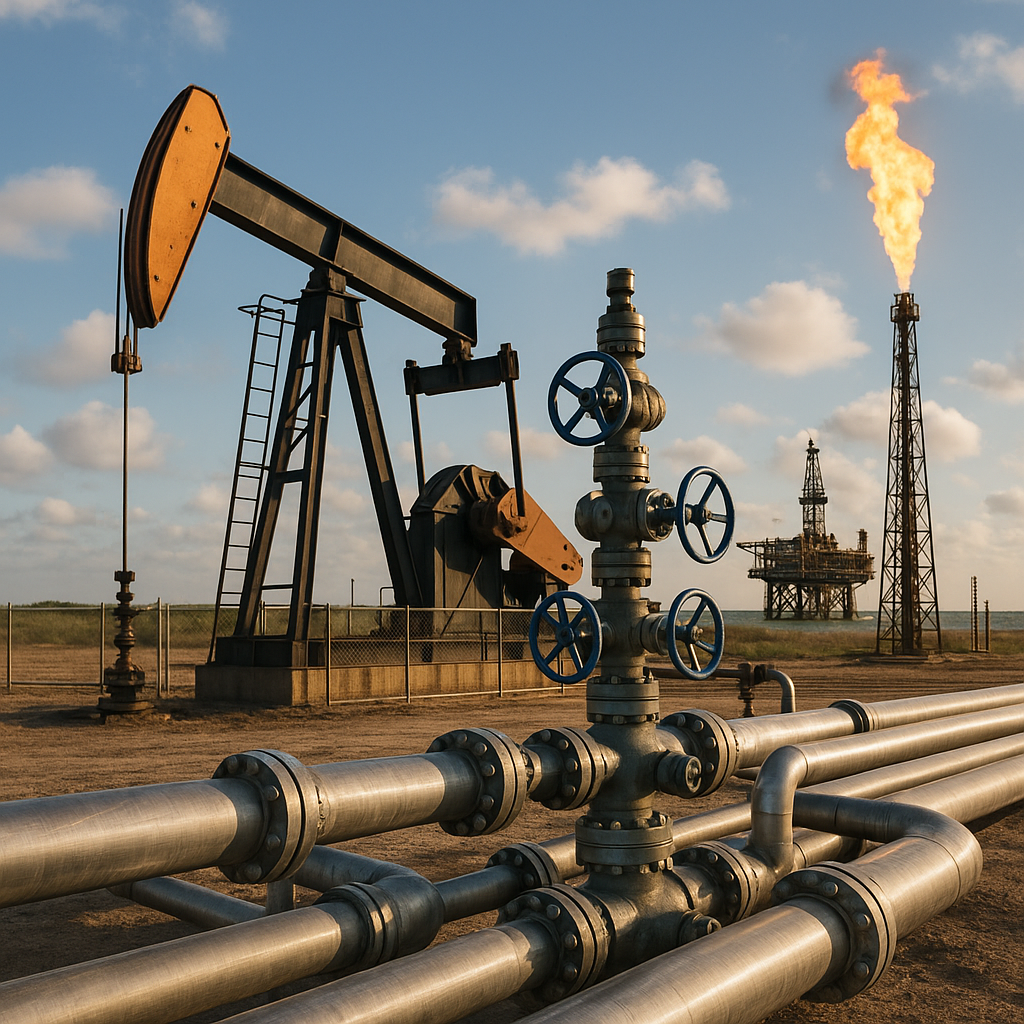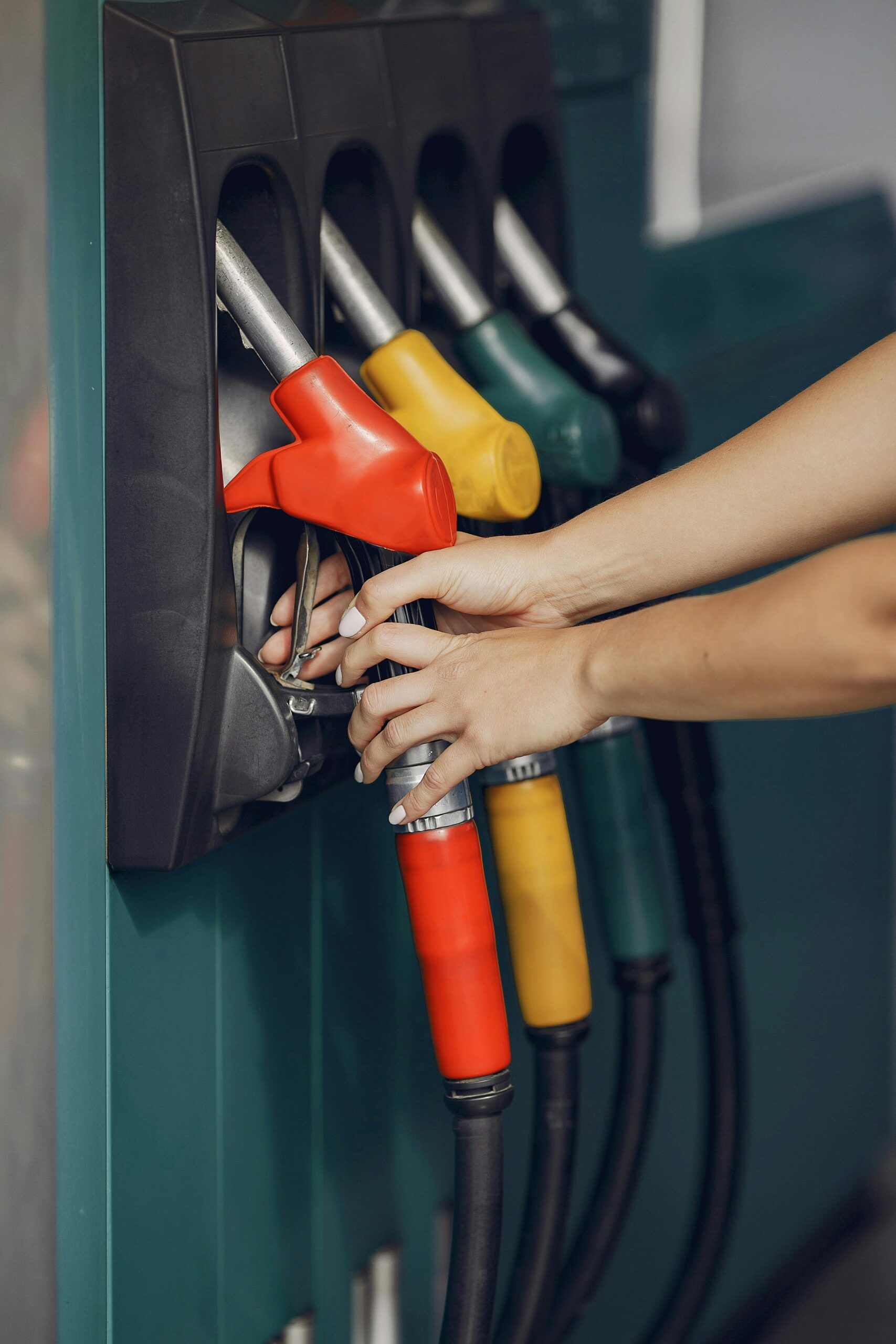Introduction: In the world of thermodynamics, heat pumps and heat engines are two fundamental devices that operate based on the principles of heat transfer. While they share some similarities, their purposes and functions distinguish them from one another. This article aims to shed light on the key differences between heat pumps and heat engines, providing a comprehensive understanding of their respective operations.
Heat Pumps: Efficient Heating and Cooling Solutions
A heat pump is a versatile device used for space heating, cooling, and water heating. Its primary function is to transfer heat from a lower-temperature source to a higher-temperature sink, effectively moving heat against its natural flow direction. By employing a cyclic process, heat pumps utilize mechanical work as an input to facilitate the heat transfer.
Operating on a refrigeration cycle, a heat pump employs a working fluid or refrigerant that undergoes a repeated sequence of compression, heat absorption, expansion, and heat rejection. To power this cycle, heat pumps require an external energy input, typically in the form of electricity to drive the compressor. The compressor boosts the pressure and temperature of the refrigerant, facilitating heat transfer from the lower-temperature source, such as outdoor air, ground, or water, to a higher-temperature sink, whether it is indoors for heating or outdoors for cooling.
The energy efficiency of a heat pump is measured by its coefficient of performance (COP), representing the ratio of the heat transferred to the work input. A higher COP indicates a more efficient utilization of energy, making heat pumps an environmentally friendly heating and cooling solution.
Heat Engines: Converting Heat into Mechanical Work
In contrast to heat pumps, heat engines are designed to convert thermal energy into mechanical work. They operate by harnessing the temperature difference between a high-temperature source and a low-temperature sink, effectively transforming heat into useful work.
Heat engines, commonly found in power plants and vehicles, operate on various thermodynamic cycles, such as the Otto or Rankine cycle. These cycles involve a working fluid, such as steam, gas, or internal combustion, which undergoes a cyclic process to extract energy.
Unlike heat pumps, heat engines do not require an external energy input. They utilize the thermal energy derived from the high-temperature source, allowing it to expand and perform work. The work output generated is a portion of the input heat, with the remaining heat being rejected to the low-temperature sink. The efficiency of a heat engine is measured by its ability to convert the input heat into useful mechanical work.
Conclusion: Heat pumps and heat engines are two distinct thermodynamic devices with different purposes and functions. While heat pumps excel at transferring heat from one location to another for heating or cooling purposes, heat engines are adept at converting thermal energy into mechanical work. Understanding the differences between these devices is crucial in determining their applications and maximizing their potential in various industries. By harnessing the capabilities of heat pumps and heat engines, we can meet our heating, cooling, and power generation needs more efficiently and sustainably.




